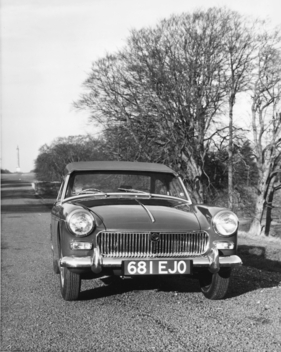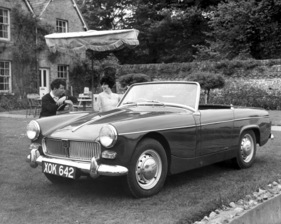A quantum of fun - Austin-Healey Sprite II in the (historic) test
Summary
Compact external dimensions, a high-torque engine and selective weather protection - this proven formula has been used for decades to produce driving pleasure in series production. This was also the case with BMC, whose second-generation Austin-Healey Sprite was produced from 1961. Additional sales incentives were the 12-month warranty and the already low maintenance costs. The original test report from 1962, which is reproduced in this article and accompanied by historical images, clarified whether it deserved the title "sports car" and which ingredients make up a Sprite.
This article contains the following chapters
- Take...
- Unexpectedly elastic engine
- Wind and weather
- Sitting and lying down
- When it comes to money
- Only raw material for sport
Estimated reading time: 13min
Preview (beginning of the article)
"Do you like Wagner? Do you like to drink Subrowka? Would you buy a sports car?" Ask your harmless friends and acquaintances such questions, dear reader. You will be surprised! Few will be uninterested, some may be prepared to climb barricades for Wagner, hardly anyone will have drunk Subrowka (which doesn't mean they won't be prepared to pass judgment), and almost everyone will have something to say for or against sports cars... Yet it is so incredibly difficult to define the term "sports car" at all. In any case, however, it is a car that is a source of controversy. It has nothing to do with economy, not even with reasonably enjoyable travel. Just think of bugattitis - that viral disease that is spreading all over the world, causing otherwise quite sensible and sometimes even very respectable men to starve and starve in order to be able to pay a lot of money for certain old cars that you can't actually drive properly.
Continue reading this article for free?
Photos of this article







